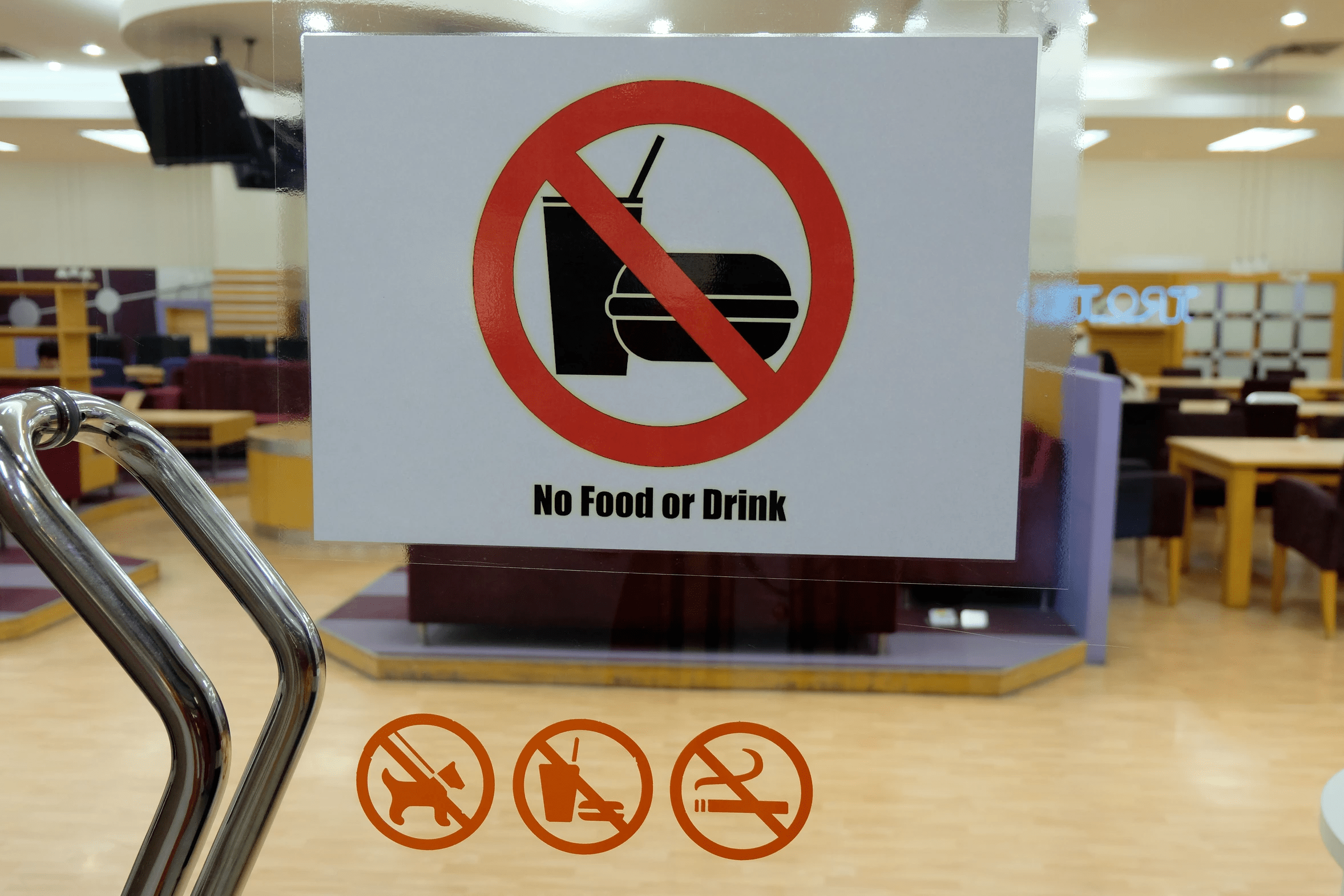Books may be priceless treasures and cherished keepsakes. Whether they are bespoke creations or not, every book requires adequate care. Storing your book protects the cover and pages adequately while also aiding in the de-cluttering of your home.
Here are the following suggestions for storing your books:
Choose Superior Furniture

When it comes to maintaining your book collection, the room’s furnishing may not be the first stem that springs to mind. While it’s natural to connect wooden shelves and bookcases with book storage, this is a widespread misunderstanding.
Wood contains acid, which can deteriorate the covers, spines, and inside pages of all the books on your shelf. If you are forced to utilize wood, make it the greatest wood possible. In this situation, you must seek wood species that will not leach as much acid. This implies that you should avoid utilizing oak furniture.
Defend the Books
You now have an obligation to take better care of the books. A portion of this entails monitoring the humidity level in the room where you store your books, particularly if you intend to store them out of sight until you wish to reread them.
Maintain humidity levels between 35 and 50%, as excessive humidity may create foxing on your books- unattractive blotches and patches that indicate the book’s age. Fungi and mold flourish in highly humid environments. That is why bathrooms are frequently the most odiferous rooms in the house. This is less of an issue with younger books, but with much older volumes- notably those from the 18th or 19th centuries- they can fade considerably more quickly.
Additionally, keeping books out of direct sunlight is a good idea. Excessive exposure to sunlight, particularly UV rays, can deteriorate the dust covers of your book. UV light causes the pages to turn yellow and fade ink. Maintain a safe distance between your books and direct sunshine. Books are intended to be read, not exposed to the sun.
Prevent Pests Infections
We have previously mentioned how lowering the temperature may deter insects and maintaining the proper humidity can deter mildew and fungus, but what about rats? Indeed, rats may represent a significant hazard to your numerous-paged companions. Nothing is more frustrating than having to read a book with a chewed corner.
In garages, cotton balls soaked in mint are an ingenious technique to deter rodents from stealing your books. Place the cotton areas where mice are known to congregate (but not on the books), and the fragrances should deter the mice. It is not hard to store the books in a garage. Ensure that you do it correctly.
Appropriate Book Shelving
According to Ernest Hemingway, “there is no friend as loyal as a book.” Why should we be any less loyal to books because they are so devoted? Purchase some shelves if you desire to preserve your books. While boxes may appear to be more cost-effective, they increase the likelihood of the books becoming damaged.
When considering storing books in your garage, you will need to examine all possible angles, literally. You must ensure that no books fall. When anything falls, it may sustain harm. Do not allow them to fall. Choose the right sort of shelving to keep the books together.
Store Food Away

Bookworms are not worms, although they consume the same amount of food as one. They are damaging to books and may wreak havoc on bookcases. They are drawn to food, so avoid storing food near your books.
This is generally sound advice, as the paper is absorbent and may gather various crumbs, smudges, and sticky substances. If you wish to store books, keep food away from them. That is all.
This, indeed, should not be a problem. Food is rarely permitted near books in libraries. When keeping books, accessibility is not the only consideration. Additionally, you desire durability and preservation. Accessibility must be maintained over an extended period. That is only possible if you properly keep your books.
Maintain book covers on a row of shelves
To some, book covers are only decorative elements included to enhance the book’s appearance, as if a hard-backed book required some method for people to assess it by its cover. These book covers have a purpose other than to irritate readers.
Book covers bear the brunt of all book damage. They protect the book from scratches, scuffing, and scorching (although they don’t give much protection in this case) and even the occasional glob of gooey doughnut filling (don’t judge). They are the first line of defense for the book. Additionally, they contribute to the book’s classiness.
This may seem trivial to some, but you have more alternatives when the book jacket is still intact when selling books. Thus, here’s the book cover, the book’s most underappreciated component (here, here!).
Dusting

While the preceding advice referred to the book jacket as the dust jacket, it does not guard against dust. However, dust covers do not prevent dust from entering the book. And it turns out that dusting is an excellent suggestion for properly keeping your books. This may seem minor, but dusting helps preserve books in perfect condition.
Dusting is preferable to not dusting, so if you’re pressed for time, dust a bit in any way you can. If you are more dedicated, the ideal method to dust is to begin at the spine and work your way out to the page edges. This is to keep dust out of the gaps between the pages. While dusting, if you want to use a vacuum, be sure to utilize the brush attachment to avoid sucking up any loose pages.
Proper placement
Bear in mind all of the preceding stages, but most importantly, pay close attention to how the book is placed in the area. The optimal position for books is upright, with their spines visible. This approach may be familiar to you as the one found in libraries. Why not give it a try? Ascertain that no pages are folded. Each page is critical to the book’s overall structure.
If you are unable to stand the books upright, ensure that they are correctly stacked. Always begin with the biggest books on the bottom. Then arrange the books in a pyramid fashion. This is to prevent the books from toppling and falling. While stacking books in boxes, you’ll want to group books of similar sizes to preserve space.
Additional Care Suggestions
Sort books by size and group them. In this manner, they may support one another and aid other books in the vicinity in remaining upright. Allowing the books to tilt might result in additional binding damage. When feasible, use bookends and consider stacking the books horizontally, especially when dealing with larger volumes.
By combining these techniques, you can ensure that your books are preserved for future generations.
Because Blueprint Press Internationale recognizes the importance of a book cover, we provide a book cover design service. Call us today at (888) 617-8289 to know more.
Visit our website for more information.




